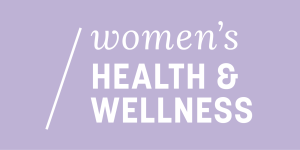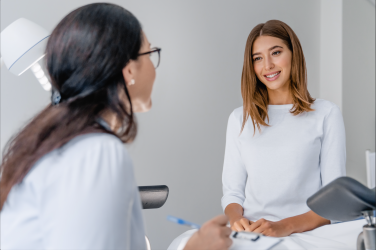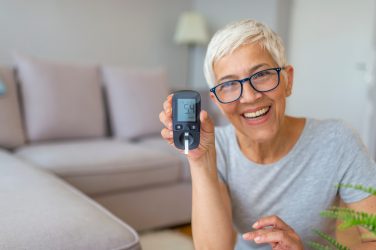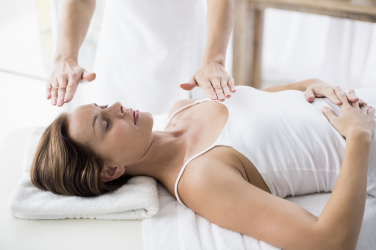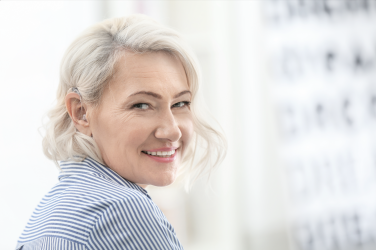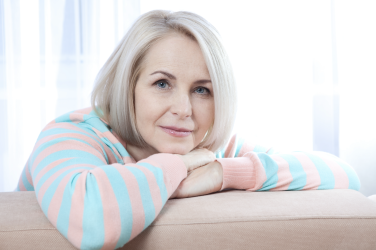
By Mimi Greenwood Knight
More than 11% of US women between 15 and 44 suffer from endometriosis, a painful condition that occurs when tissue similar to the lining of the uterus (womb) grows outside of the uterus (known as an endometrial implant). While it can affect women at any age, it’s most common among women in their 30s and 40s and can interfere with getting pregnant.
Nobody really knows what causes endometriosis, but some possible culprits are retrograde menstrual flow, genetics, faulty immune system, hormone imbalance, or abdominal surgery, such as a C-section or hysterectomy.
The symptoms of endometriosis include painful menstrual cramps, chronic lower back or pelvis pain, pain during or after sex, intestinal pain, and painful bowel movements or urination during your periods. You may even have bloody stool or urine, bleeding or spotting between periods, and digestive problems, including diarrhea, constipation, bloating, or nausea, especially during your period.
Talk to your healthcare provider if you feel you’re experiencing endometriosis symptoms. Ask them to perform a pelvic exam, an imaging test such as an ultrasound or magnetic resonance imaging (MRI), and/or laparoscopic surgery to look for endometriosis tissue.
Unfortunately, there’s no cure yet for endometriosis. Still, your doctor can recommend treatments to alleviate the symptoms and problems it causes. Some women find relief taking hormonal birth control, either extended cycle or continuous cycle, available in a pill or a shot to help stop bleeding and reduce or eliminate pain. Other options include an intrauterine device (IUD) to help reduce pain and bleeding or undergoing surgery during which the surgeon locates endometriosis implants and removes them.
As with any condition, it’s best to start with the least invasive treatment options, including over-the-counter pain medicine such as ibuprofen or naproxen, acupuncture, chiropractic adjustments, herbs such as cinnamon twig or licorice root, and supplements such as thiamine, magnesium, or foods rich in omega-3 fatty acids. Always check with your doctor before taking any new herbal supplements or vitamins.
Now for the good news. Endometriosis pain improves after menopause for some women as the body stops making estrogen and the growths slowly shrink. And about 75% of women can get pregnant, even as they suffer from endometriosis. If you have endometriosis and wish to conceive, talk to your provider about steps you can take to better your chances.
DID YOU KNOW?
Although it’s not yet known how to prevent endometriosis, it’s thought you can lessen your chances of contracting the disease by:
- Taking hormonal birth control pills,patches, or rings
- Exercising more than four hours a week
- Keeping your body fat low
- Limiting alcohol consumption to no more than one drink per day
- Drinking no more than one caffeinated beverage a day
